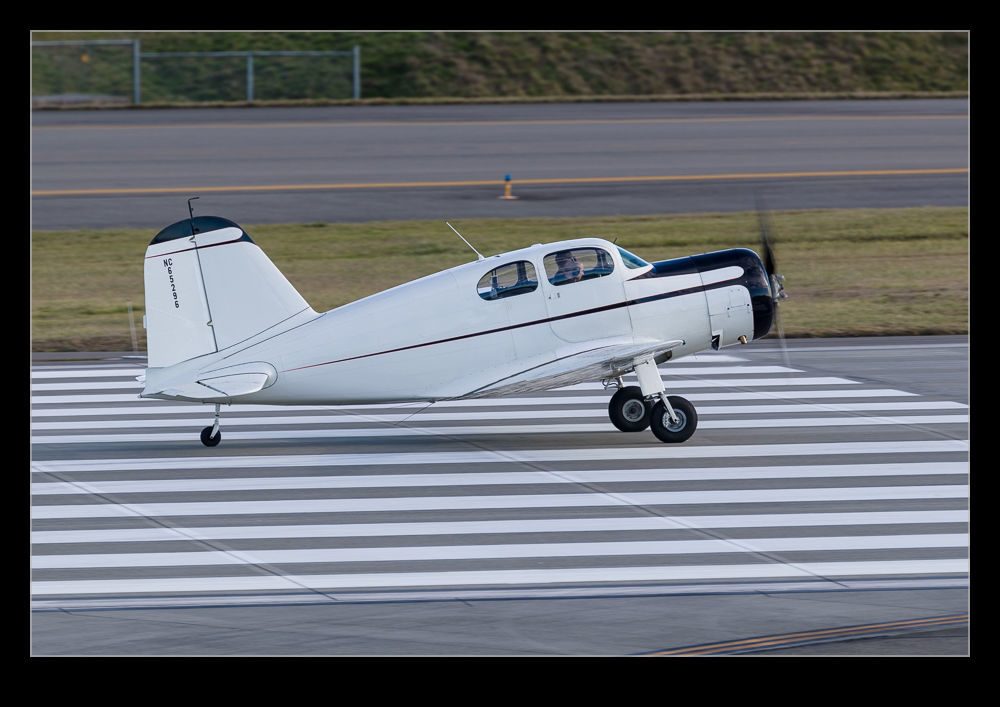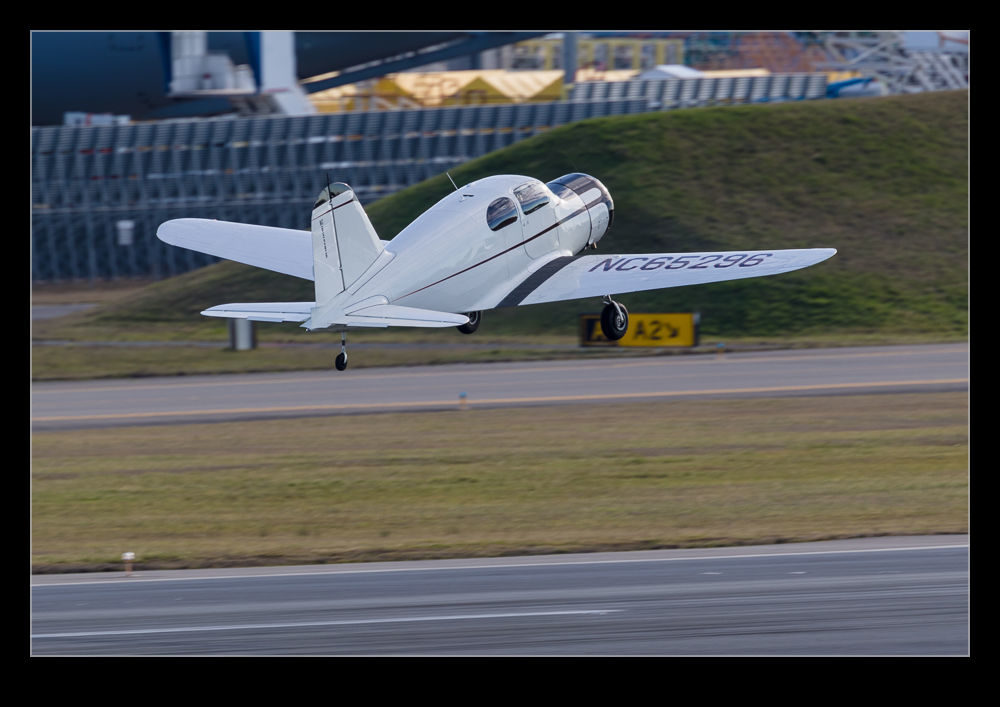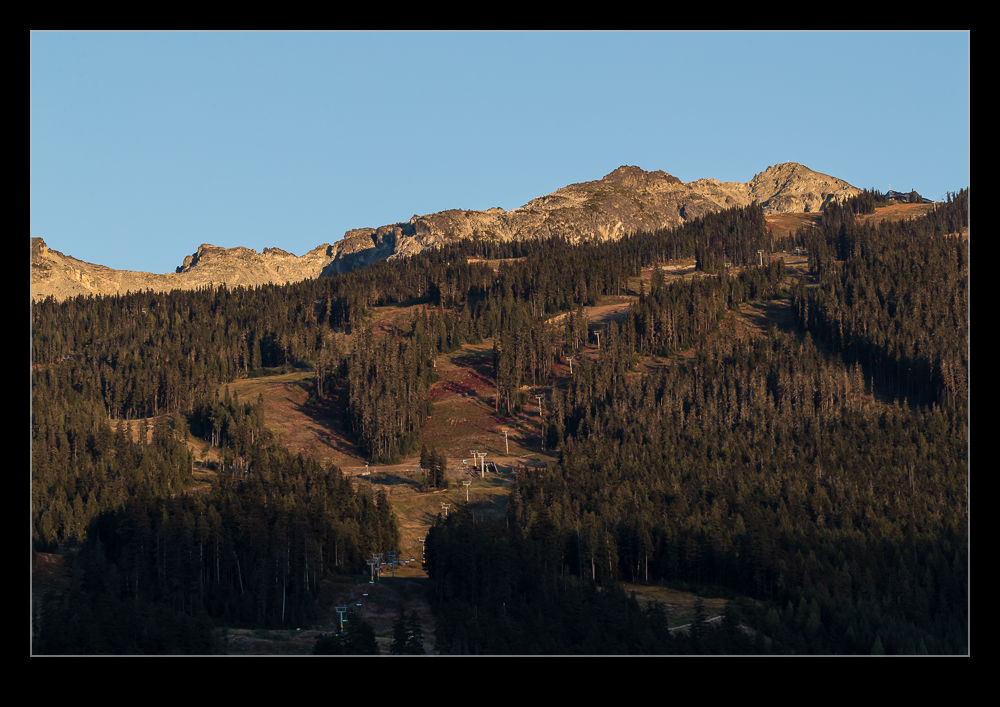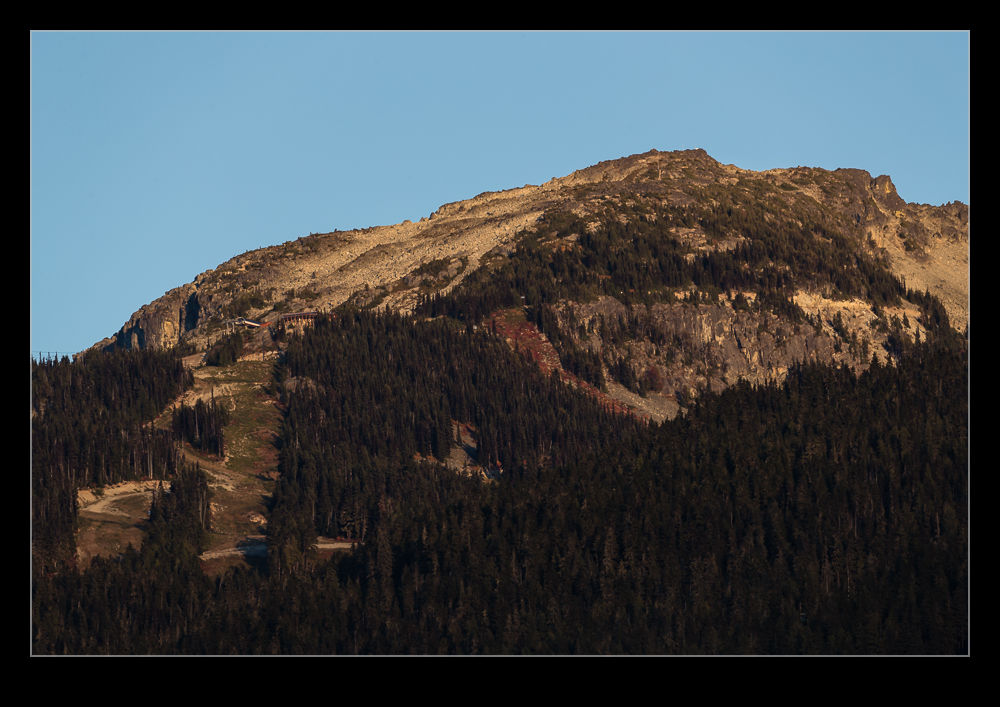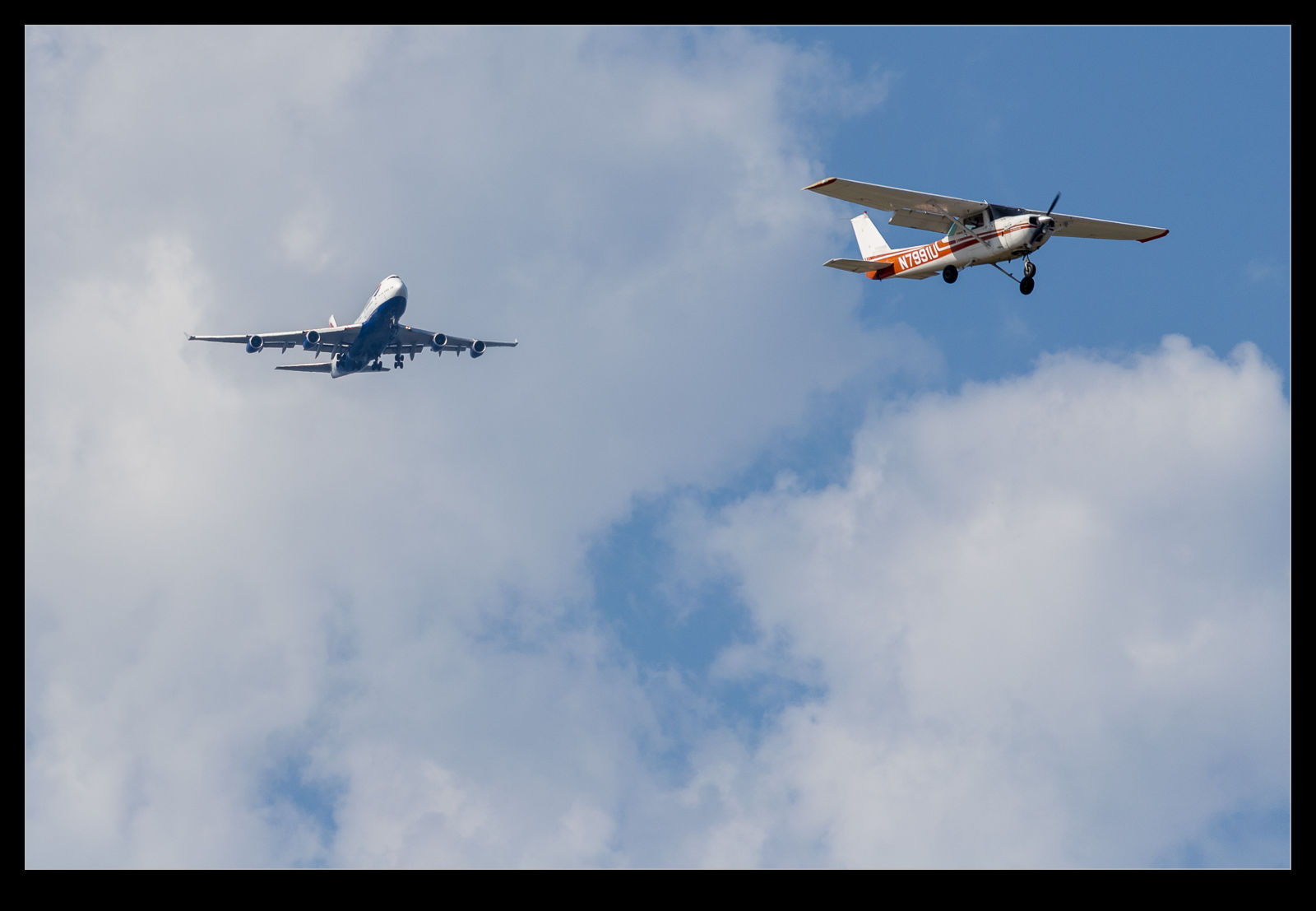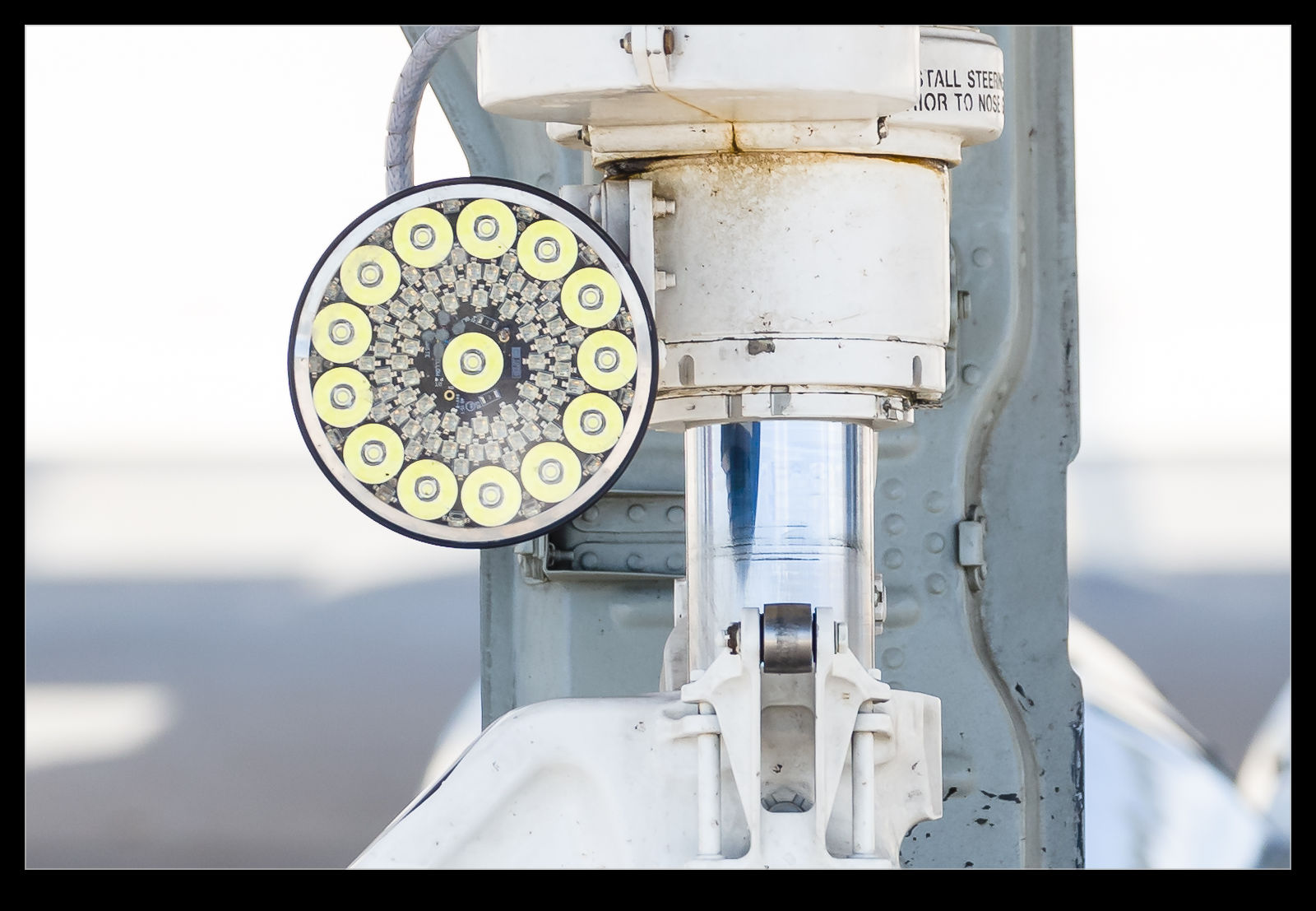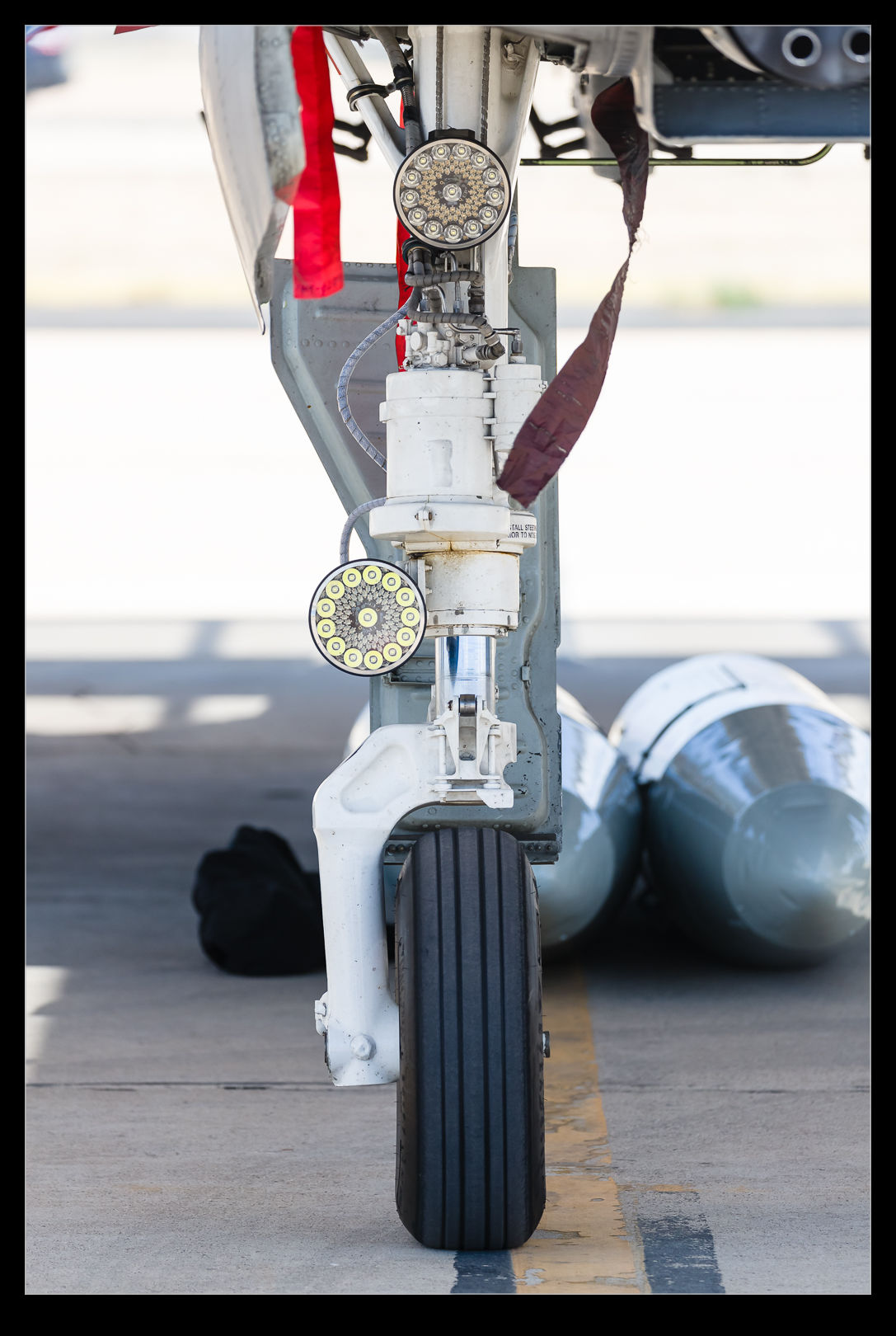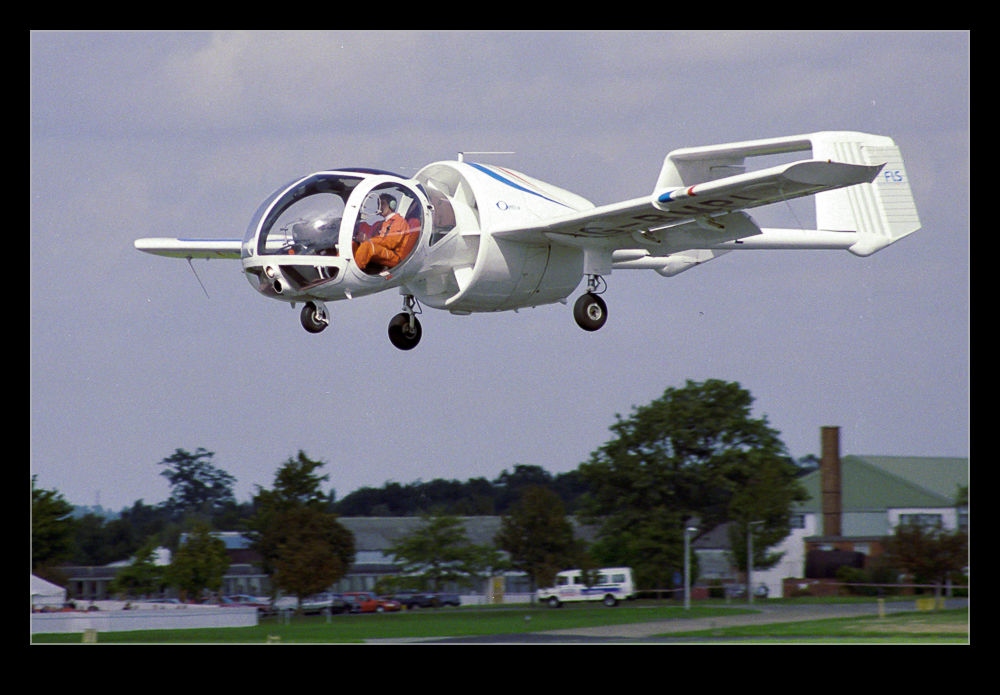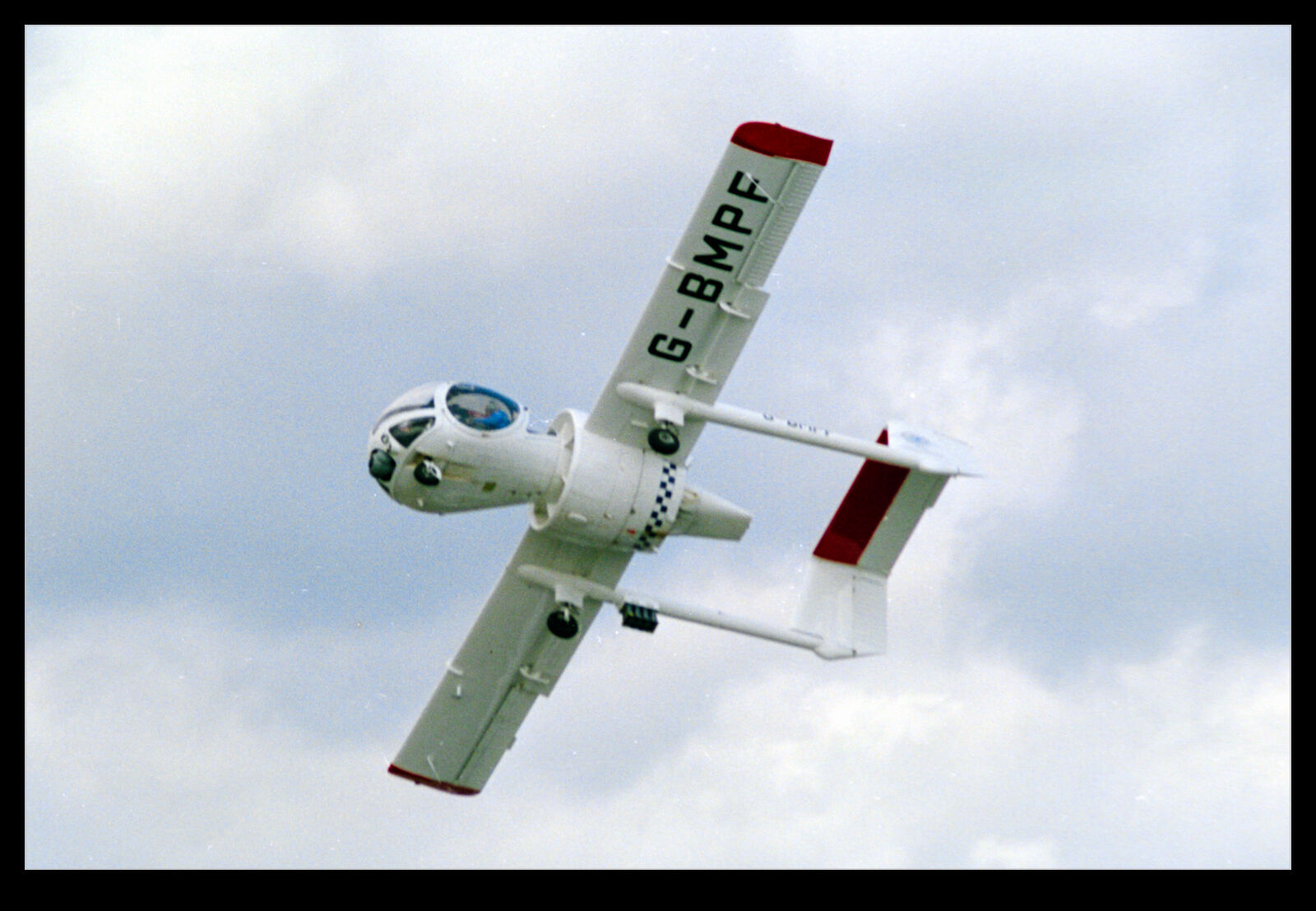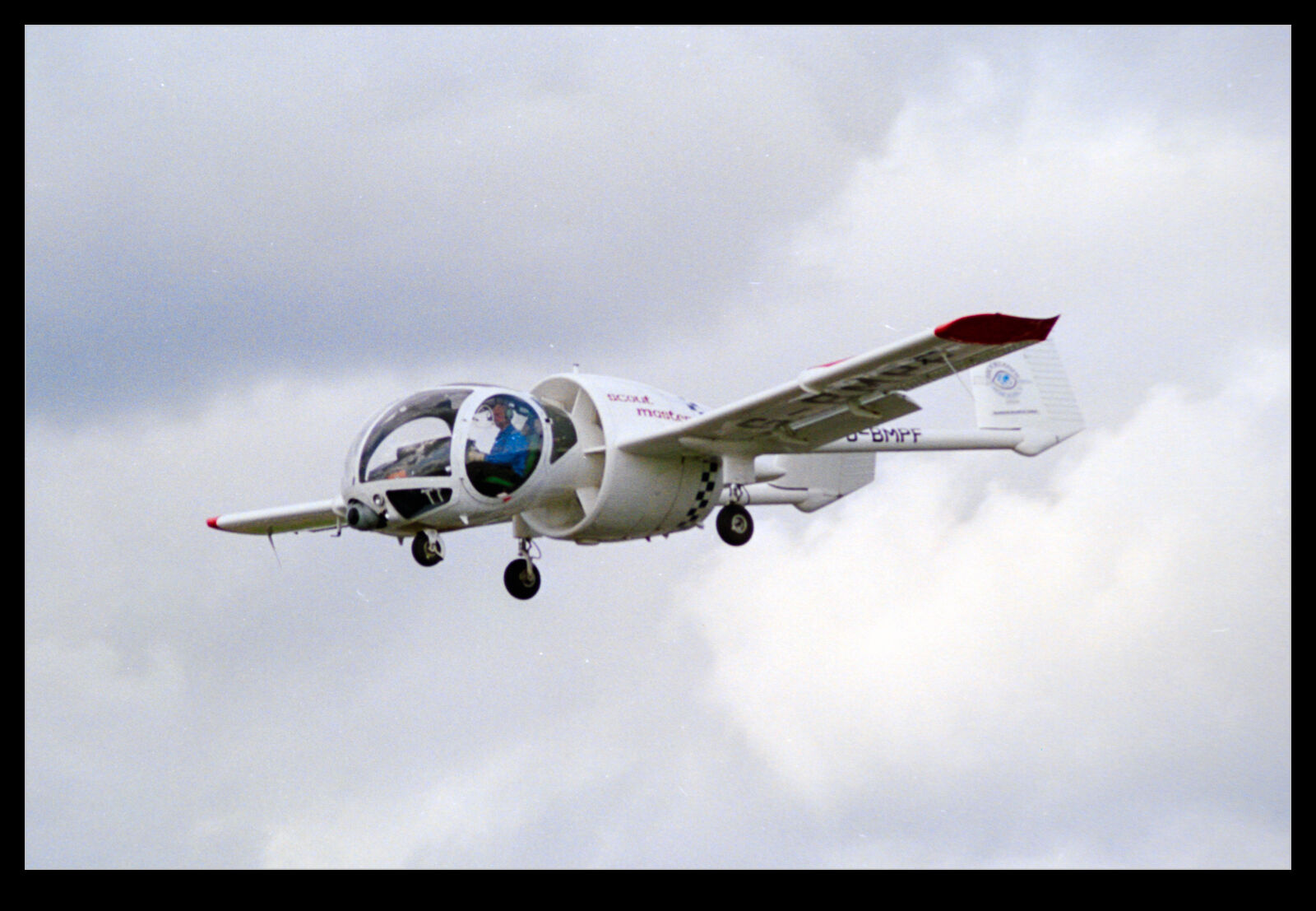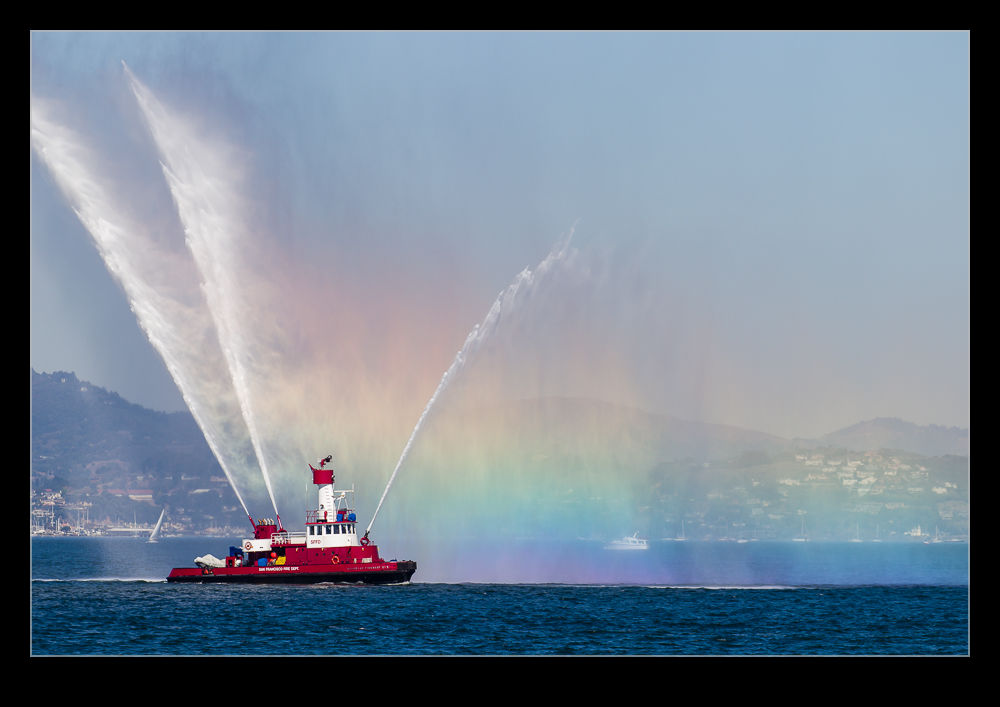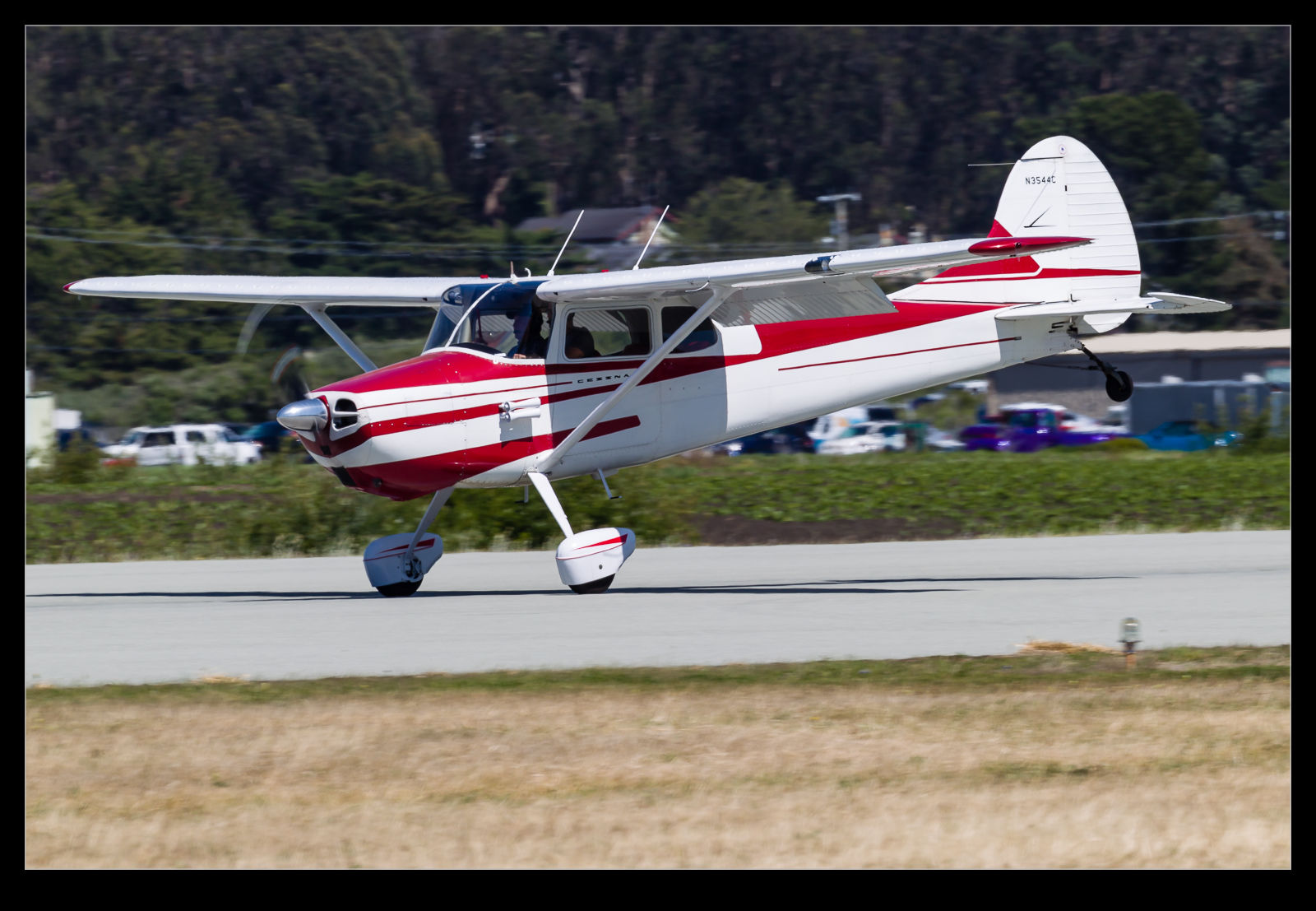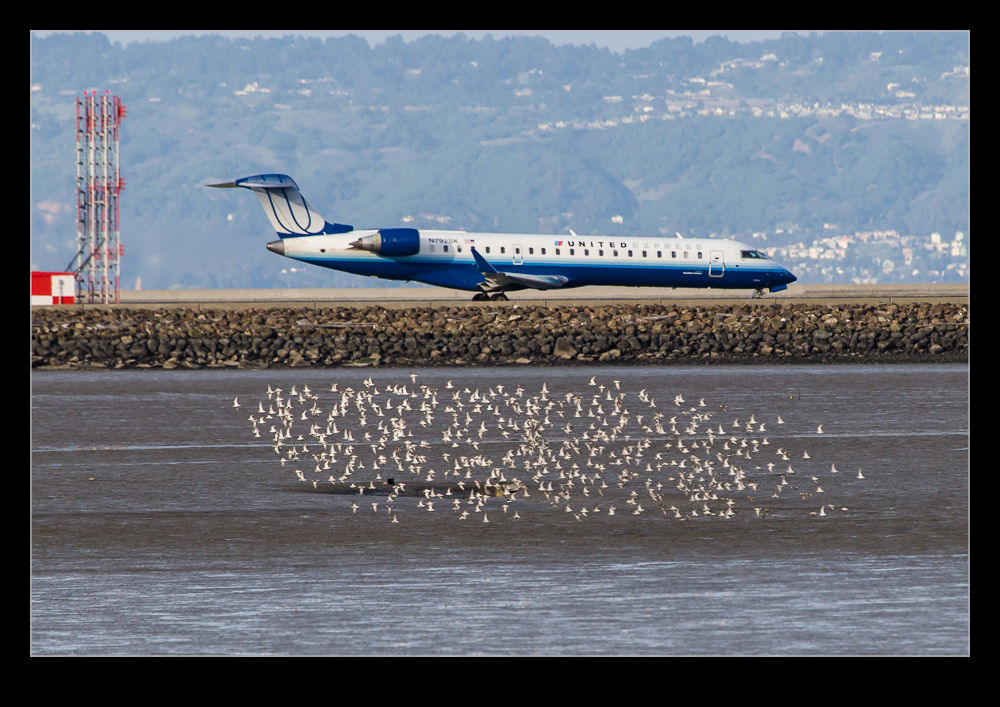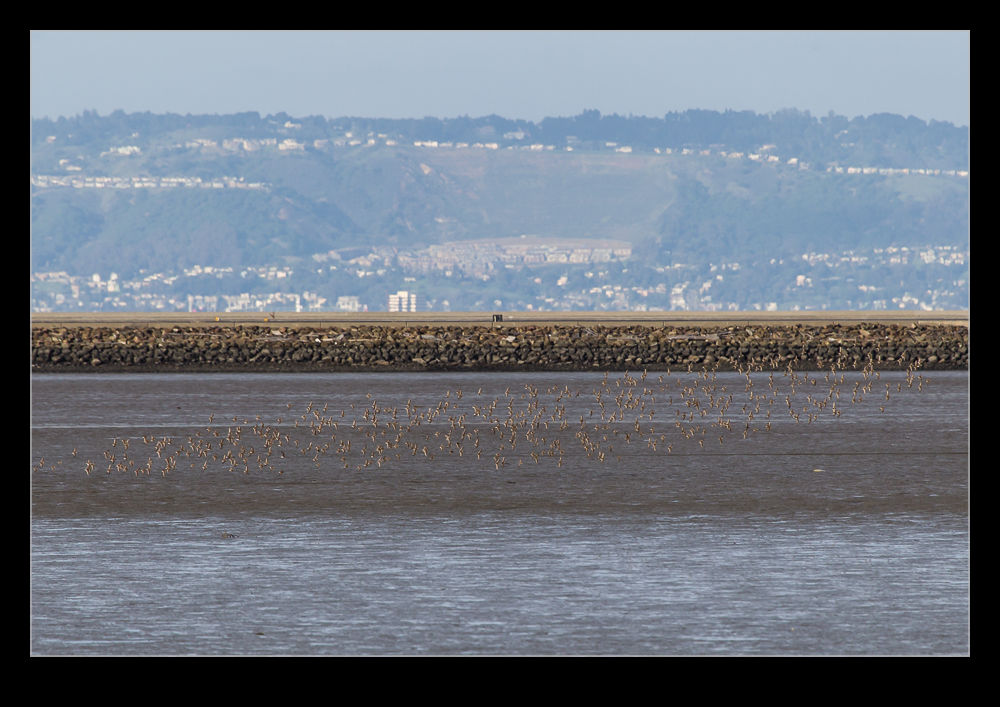One of the things that I was glad to get when I last changed camera bodies was the ability to have exposure compensation while shooting in manual mode. You might wonder why this is a useful thing to have but I was shooting a couple of time recently when it was useful. Sadly, the first time I didn’t think to use it. The second I did though. This is the result of shooting in dark conditions when the light levels are changing quite a bit.
The problem in the first case was that I was shooting in aperture priority mode. The light was low, so I went to auto ISO to allow it to adjust. The camera looks to get a shutter speed that is related to the focal length of the lens you are using. I was shooting a landing aircraft and, when I was out at the full length of the zoom, it kept shutter reasonably high. However, as the plane got closer and I zoomed out, the camera dropped the shutter speed down which meant the panning resulted in a lower keeper rate. I should have foreseen this and I was annoyed with myself.
The next time, I thought through the issue a bit better. A gray sky meant that I needed to have some positive exposure compensation. I went to manual mode, set the shutter speed and aperture that I wanted but included the exposure compensation. Then I set auto ISO. Now I had the ISO adjusting to get the combination I wanted while including exposure comp. On my old bodies, this was not possible. The result was the exposure I wanted with ISO adjusting throughout the sequence. When conditions are not great and changing quickly, this is an approach I can highly recommend.
